What Is A Pumpkin Ash: Information About Pumpkin Ash Trees
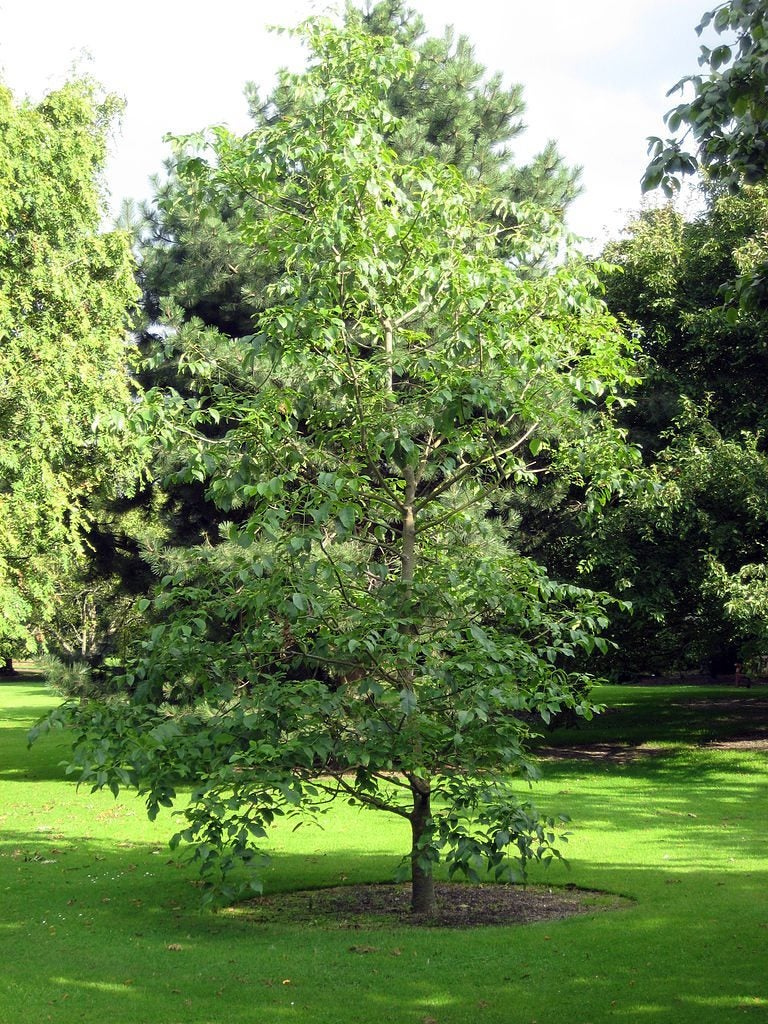

You’ve heard of pumpkins, but what is a pumpkin ash? It’s a fairly rare native tree that is a relative of the white ash tree. Pumpkin ash care is difficult because of the impact of one particular insect pest. Are you thinking of growing pumpkin ash trees? Read on for more pumpkin ash information, as this may not be such a great idea.
What is a Pumpkin Ash?
So exactly what is a pumpkin ash? Pumpkin ash (Fraxinus profunda) is a large tree native to southern swamps and other wet habitats. You can see the species along river and stream banks in the Coastal Plain. It often grows with bald cypress and similar trees. While this tree is very similar to white ash (Fraxinus americana), pumpkin ash information suggests that the trees differ in more than one aspect. Pumpkin ash grows in much wetter areas, and the undersides of the leaves are not white. Pumpkin ash trees can grow to 90 feet (27.5 m.) tall in nature. However, they are often smaller than this. Most pumpkin ash trees grow wild and the tree isn’t frequently cultivated.
Additional Pumpkin Ash Information
If you read up on pumpkin ash information, you’ll be better able to identify the tree. The leaves of pumpkin ash are compound, with seven to nine leaflets. The tops of the leaves are dark green while the undersides are lighter. The tree’s flowers appear in spring. They are greenish purple. Over time, they fade and the tree grows its fruit, a flattened samara. Another unusual aspect of the tree is its trunk. The bark is a gray-brown with interlacing ridges, and the base of the truck swells when grown in swamps or other wet habitats. It is from this enlarged base that the tree’s name of “pumpkin” ash is derived, as this is oftentimes pumpkin-shaped.
Growing Pumpkin Ash
If you are wondering how to grow a pumpkin ash, you’ll definitely need a uniquely wet habitat like a swamp or river bank. In fact, few gardeners are growing pumpkin ash trees as ornamentals. Although culture of pumpkin ash is not difficult, pumpkin ash care is complicated by the tree’s susceptibility to the emerald ash borer. This pest can potentially kill off most or all of the pumpkin ash in some locations. In Michigan, experts are not sure that sustainable colonies of trees still exist. In fact, they suggest that, if they do exist, it would be worth collecting seeds in order to preserve the species.
Gardening tips, videos, info and more delivered right to your inbox!
Sign up for the Gardening Know How newsletter today and receive a free copy of our e-book "How to Grow Delicious Tomatoes".

Teo Spengler is a master gardener and a docent at the San Francisco Botanical Garden, where she hosts public tours. She has studied horticulture and written about nature, trees, plants, and gardening for more than two decades. Her extended family includes some 30 houseplants and hundreds of outdoor plants, including 250 trees, which are her main passion. Spengler currently splits her life between San Francisco and the French Basque Country, though she was raised in Alaska, giving her experience of gardening in a range of climates.
-
 Get Ready For A Summer Of Hummers! Grow These Full Sun Hummingbird Plants and Flowers
Get Ready For A Summer Of Hummers! Grow These Full Sun Hummingbird Plants and FlowersIf you’re lucky enough to enjoy a sunny backyard, make sure you are maxing out on your pollinator opportunities and grow these full sun hummingbird plants and flowers
By Tonya Barnett
-
 12 Lush Alternatives To A Lawn For Sustainable Spaces
12 Lush Alternatives To A Lawn For Sustainable SpacesAlternatives to a lawn are beautiful and also beneficial to your local ecosystem and its pollinators. Explore our top picks for plants to replace grass.
By Tonya Barnett
-
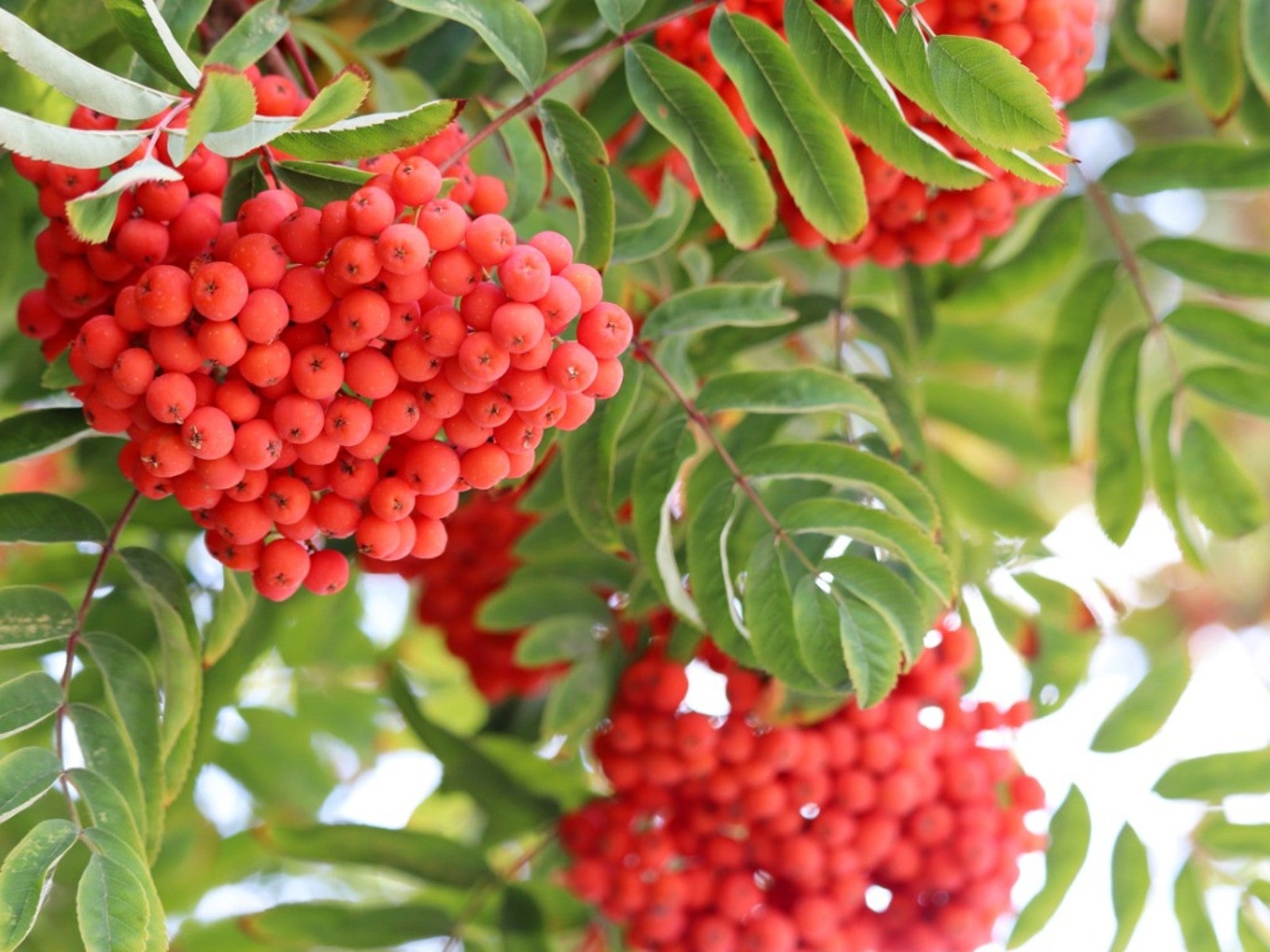 European Mountain Ash: Care For The Rowan Tree
European Mountain Ash: Care For The Rowan TreeAre mountain ash and rowan trees the same? They are exactly the same tree. Read on for more information on these trees.
By Teo Spengler
-
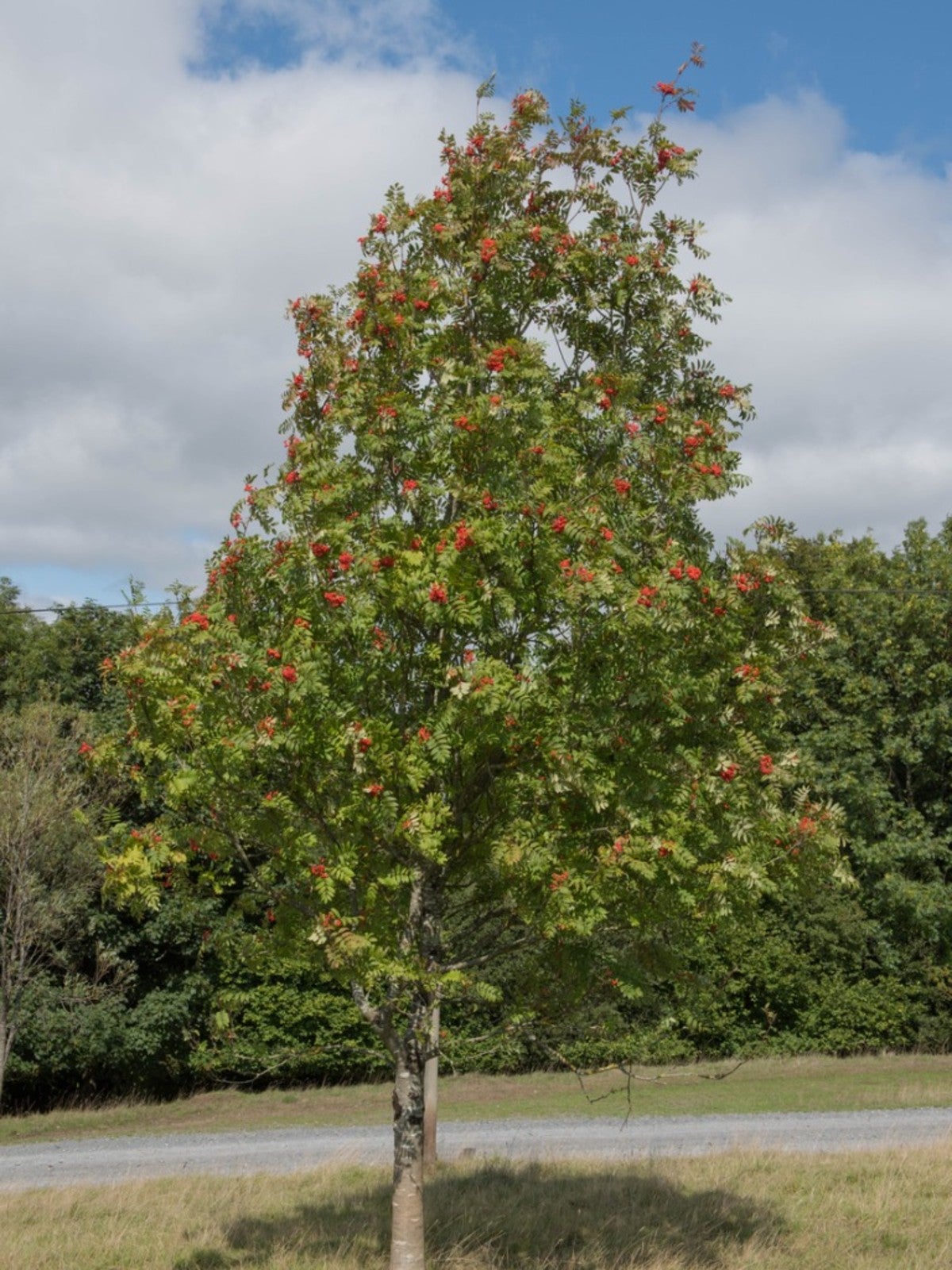 European Mountain Ash Identification - European Mountain Ash Care
European Mountain Ash Identification - European Mountain Ash CareWhat is a European mountain ash tree? If you are considering growing this mountain ash trees for ornamental purposes, click here for tips on care as well as a caution about its invasiveness.
By Teo Spengler
-
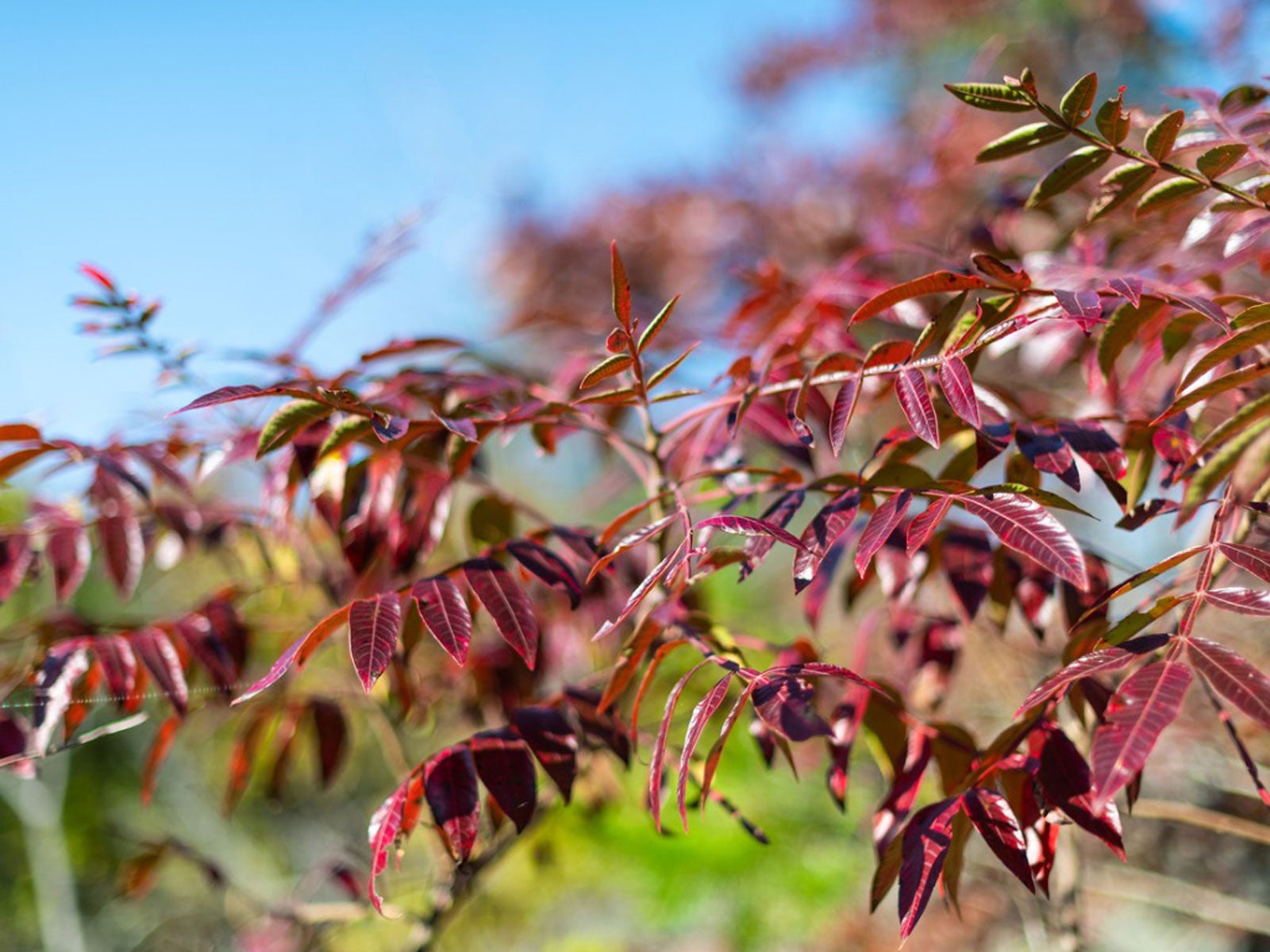 Ash Tree That Turns Purple – Learn About Purple Ash Tree Facts
Ash Tree That Turns Purple – Learn About Purple Ash Tree FactsThe purple ash tree is actually a white ash tree that has purple leaves in fall. Its attractive autumn foliage makes it a popular street and shade tree. For more information about ‘Autumn Purple’ ash trees, click on the following article.
By Teo Spengler
-
 Ash Tree Identification: Which Ash Tree Do I Have
Ash Tree Identification: Which Ash Tree Do I HaveSome species of trees just happen to have “ash” in their common names but aren’t true ashes at all. Find different types of ash tree varieties here.
By Teo Spengler
-
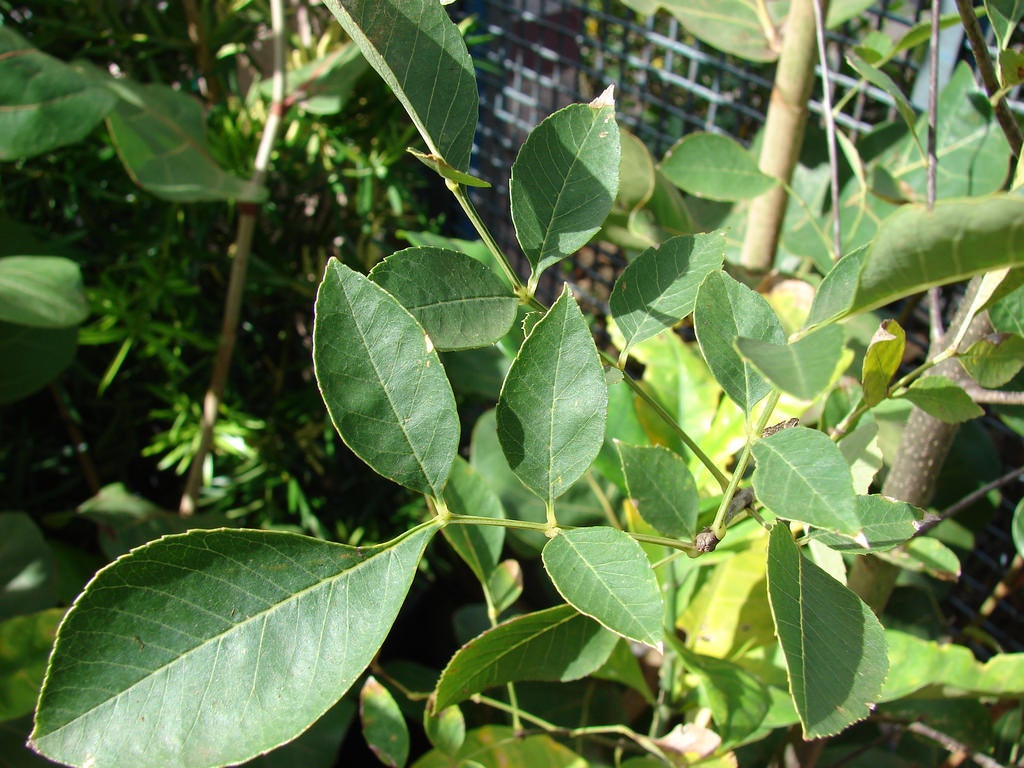 What Is Arizona Ash – How To Grow An Arizona Ash Tree
What Is Arizona Ash – How To Grow An Arizona Ash TreeArizona ash (Fraximus velutina) is an upright, stately tree with a rounded canopy of deep green leaves. It is relatively short-lived but may survive 50 years with proper care. Click on the following article to learn about growing Arizona ash trees in your landscape.
By Mary H. Dyer
-
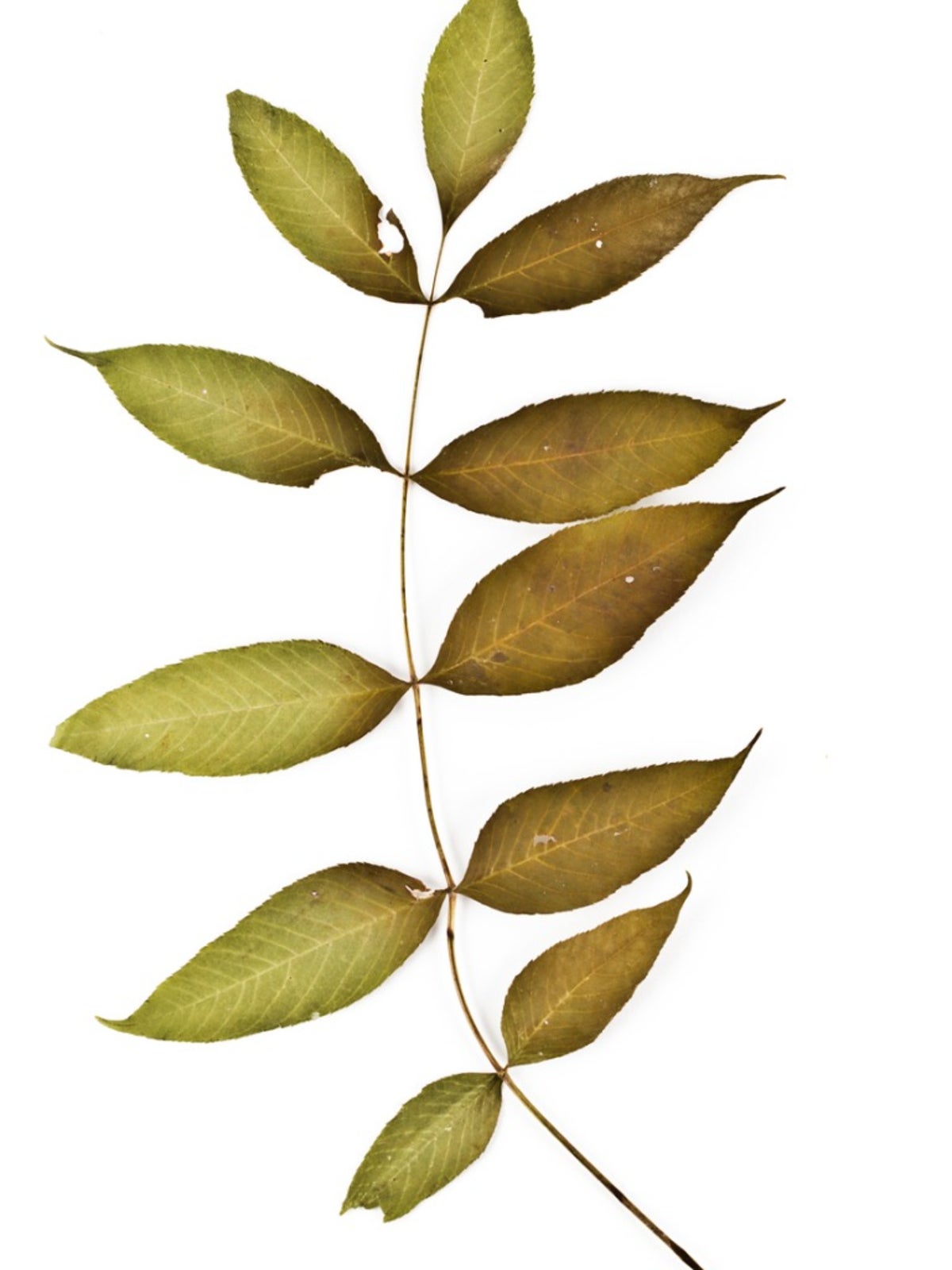 Black Ash Tree Information – Learn About Black Ash In Landscapes
Black Ash Tree Information – Learn About Black Ash In LandscapesBlack ash trees grow slowly and develop into tall, slender trees with attractive feather-compound leaves. This article has additional information about black ash trees and black ash tree cultivation. Click here to learn more.
By Teo Spengler
-
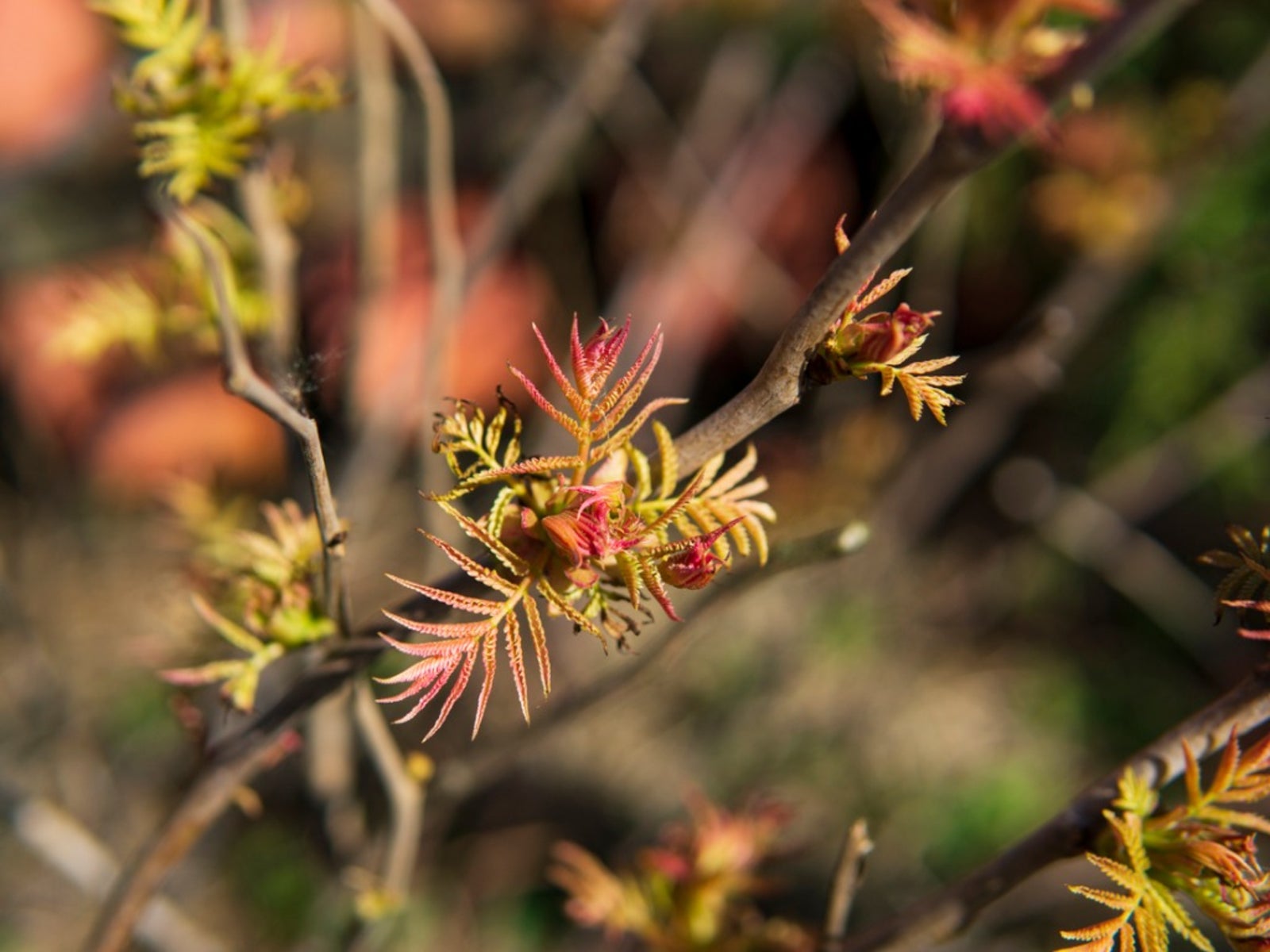 Showy Mountain Ash Care – Can You Grow A Showy Mountain Ash Tree
Showy Mountain Ash Care – Can You Grow A Showy Mountain Ash TreeIf you read up on showy mountain ash information, you'll find that the trees flower profusely, produce attractive berries and offer a stunning fall display. Growing this tree isn't difficult if you live in a cooler climate. Click here for tips on showy mountain ash care.
By Teo Spengler
-
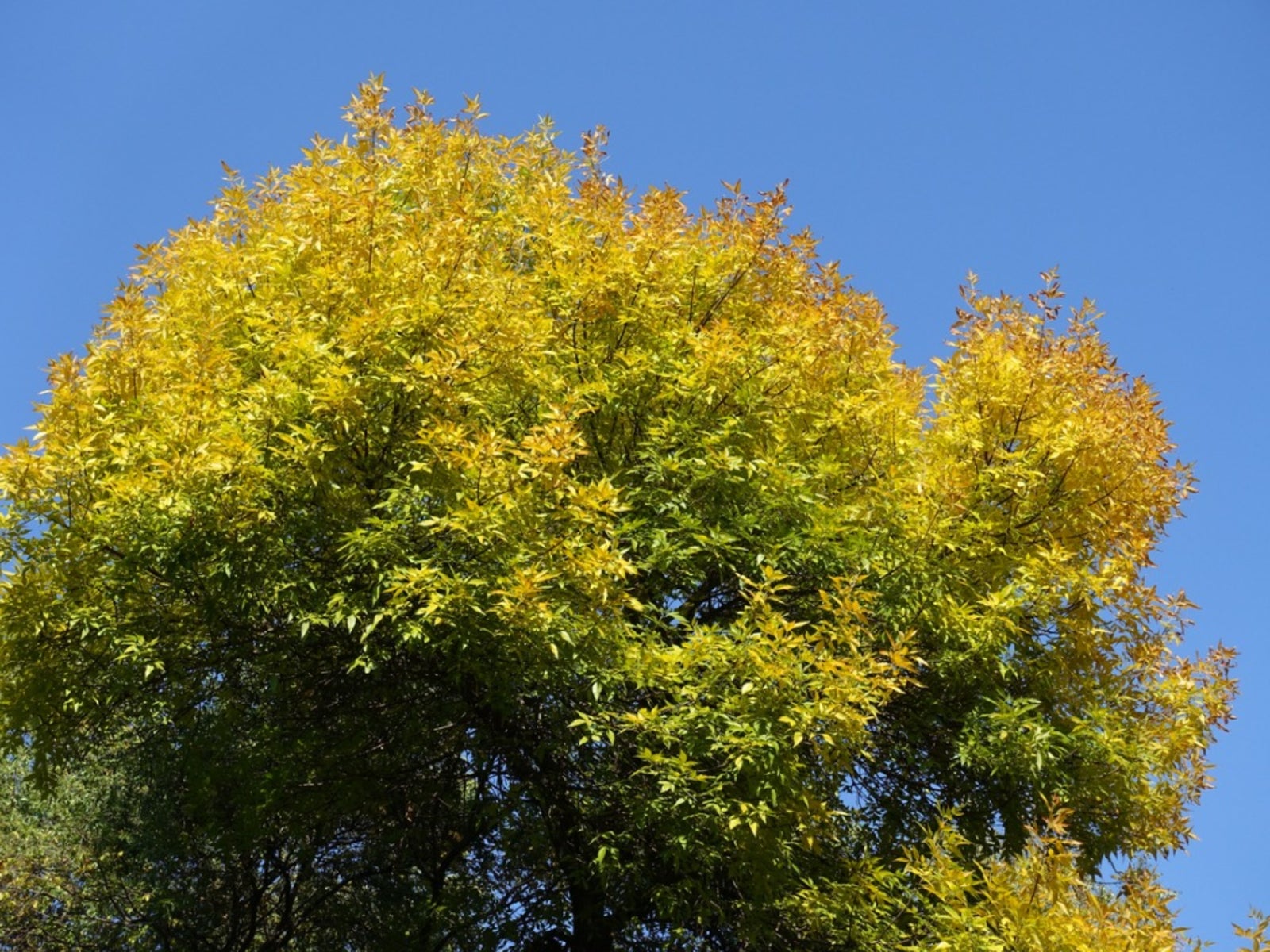 What Is A Green Ash – How To Grow A Green Ash Tree
What Is A Green Ash – How To Grow A Green Ash TreeGreen ash is an adaptable native tree planted in both conservation and home settings. It makes an attractive, fast-growing shade tree. If you want to know how to grow a green ash, click here. You?ll also find tips on good green ash tree care.
By Teo Spengler